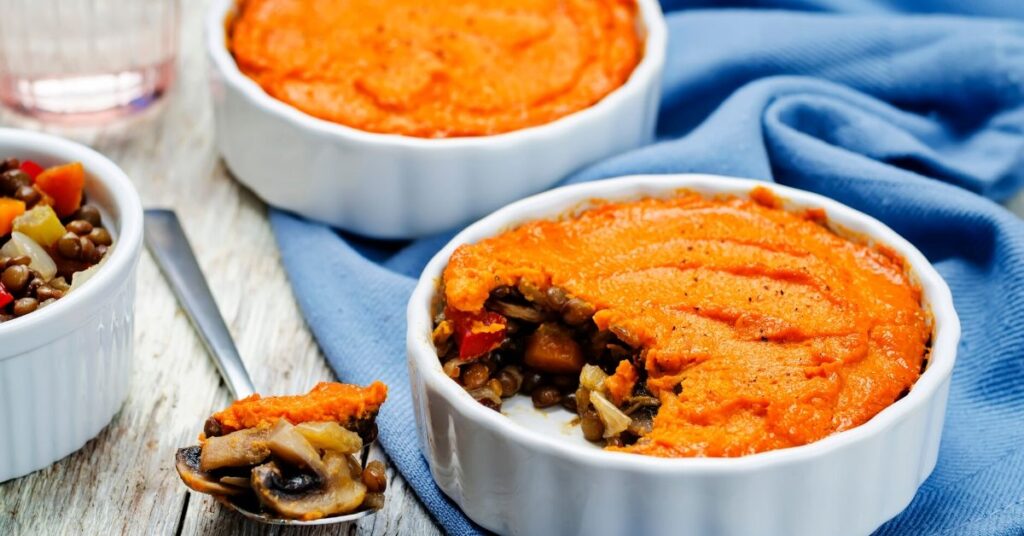By Katey Kerr-Peterson
Perhaps you’re thinking life is already busy and stressful enough as it is. How will I be productive and get everything done in a day if I’m always taking the time to ‘stop and smell the roses’?
Various studies and research show that not only does practicing mindfulness increase our ability to cope with stress, it has also been shown to increase confidence, focus, and our ability to experience joy & happiness.
A Harvard study that was conducted with over 5 000 participants, across 80 countries, showed that our minds wander 47% of the time. That’s almost half of our lives that we are distracted. The study went on to show that we tend to be less happy when our minds wander compared to when we are in the present moment.
Perhaps you already recognize that constant dialogue going on in your mind. If not, try closing your eyes for a moment and think of nothing. It won’t take long before you acknowledge just how much our minds bounce back and forth incessantly from one thought to another.
Another great read: STOP THESE 7 MOTIVATION MYTHS FROM GETTING IN THE WAY OF YOUR GOALS
Why are we so distracted?
Our conscious mind is the analytical part of our brain. It’s where we judge, plan, analyze, and criticize, and it can only process a fraction of the data it receives from all our senses. If you were to total up all information you receive every second from your sensory neurons – touch, taste, smell, sight, and sound – it would add up to around 11 million bits of information each second.
And how much do you think our conscious attention can handle? Only 60 bits per second.
Add into the mix an unprecedented growth in technology, our fast-paced and hyper-connected lifestyles result in us feeling overwhelmed and stressed. Our nervous systems are in an almost constant state of ‘fight or flight’. We act out of impulse, our minds feel blurry, unclear, and life can feel rather chaotic.
Check this out: HOW TO FUEL YOUR BODY TO POWER YOUR MIND & ULTIMATELY UNLOCK YOUR POTENTIAL
The role of mindfulness
There is good news!
By practicing mindfulness, we are able to downregulate our nervous system and navigate through our lives with a greater sense of mental clarity and inner peace.
Defined as ‘the ability to focus on the present moment, on purpose, with an attitude of non-judgment’, mindfulness gives us a new vantage point so we can zoom out of the daily demands life throws at us, and are able to think more clearly.
It means moving through your day aware of what you’re doing, where you are, and who you’re with, without getting wrapped up in the inner dialogue of your mind. You allow yourself the space to think, to breathe, and to take up a role as the observer.
Ways to introduce mindfulness into your everyday life:
- Spend time in nature – leave your phone at home and simply observe what you see. Take it all in, moment to moment. Even 10 minutes in the fresh air will do.
- Mindful exercise – get out of your head and into your body by connecting breath to movement. Practices such as Yoga and Tai-chi help our nervous system get out of ‘fight or flight’ and into ‘rest and digest’.
- Seated Meditation – sit comfortably, close your eyes, and observe your breath. The goal is NOT to empty your mind (it will wander!). Rather observe your thoughts as they come and go. Start with 5 minutes and work yourself up from there. For a variety of free guided meditations download the ‘Insight Timer’ App.
- Mindful eating – skip eating on the run, at your desk, or while on your phone. Be with your food and savour each taste!
Studies show that practicing mindfulness strengthens our immune systems, decreases levels of cortisol (the stress hormone), as well as the size of the Amygdala – the fear center in our brains where our negative emotions & thoughts come from.
The more practiced we become at being present, the more we can open up to the richness of what life has to offer us. We can switch off autopilot and take back control in the driver seat of our lives.
And if that sounds like music to your ears, go ahead and enjoy listening to every note!















